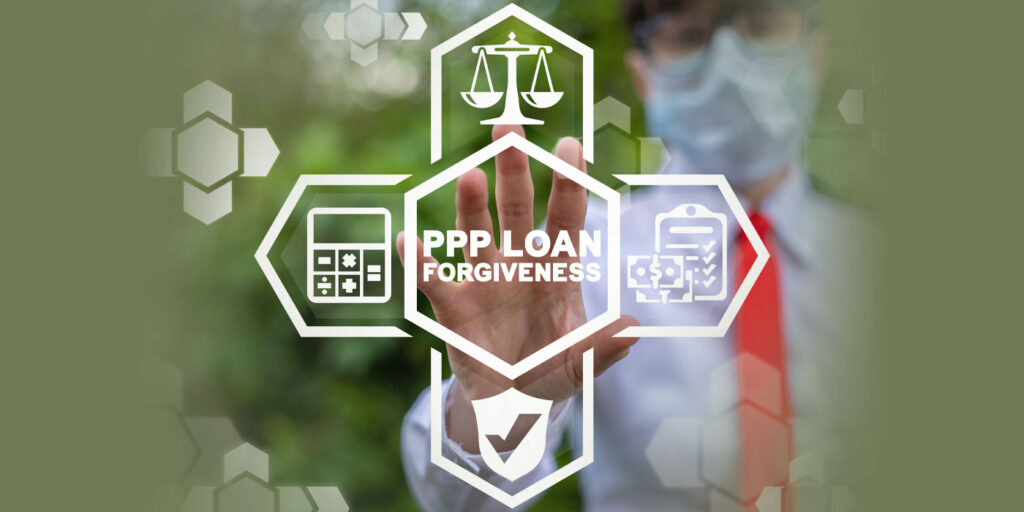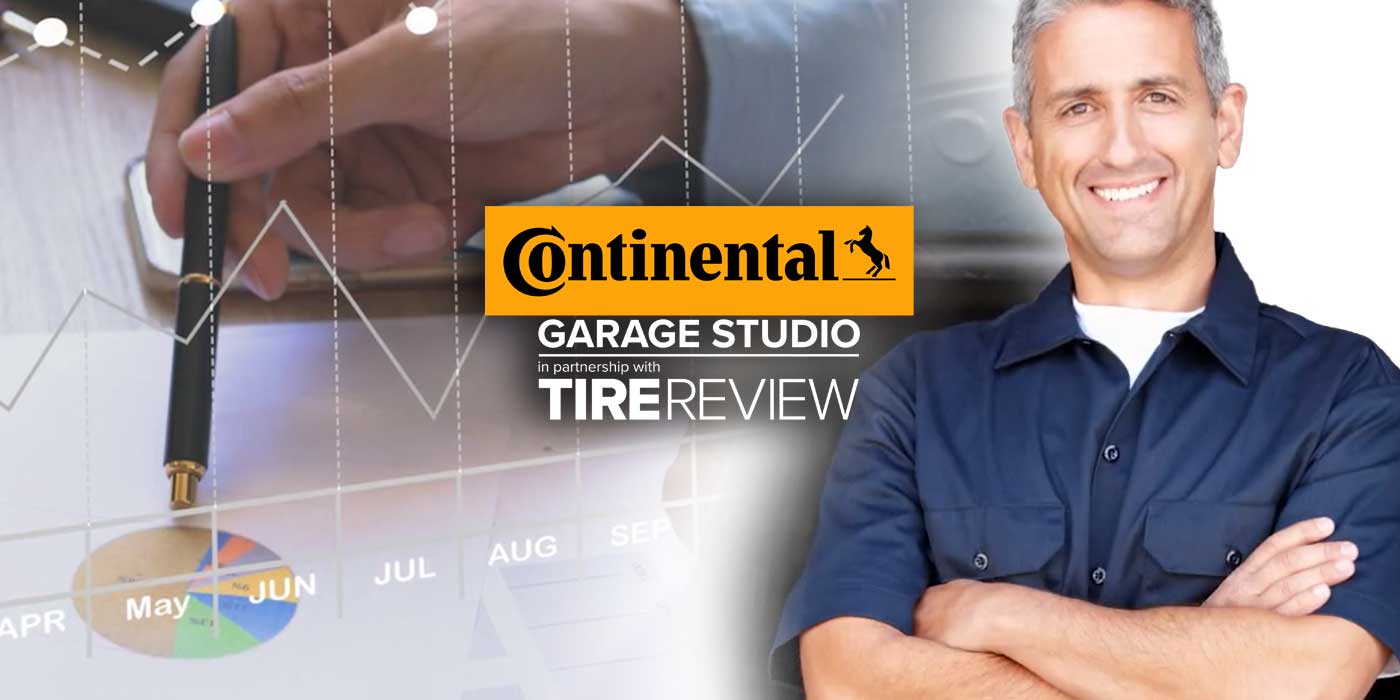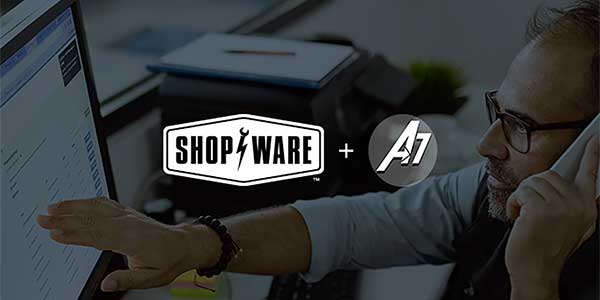In an effort to help business owners stay afloat and keep their employees working through the pandemic, the Paycheck Protection Program (PPP) offered much-needed relief to business owners across the country in 2020 and 2021.
Administered by the U.S. Small Business Administration (SBA) and originated by third-party lenders, the loans allowed eligible companies to borrow up to $10 million, calculated based on payroll records. The loans may be forgiven in part or in whole if used for qualified expenses; otherwise, they carry a 1% fixed interest rate for a two- or five-year term.
For many PPP loan recipients, it is time to start the repayment process – or file for PPP loan forgiveness. Read on to find out which portion of your loan may be forgivable and how to apply for forgiveness, as well as how to start the repayment process.
Loan Forgiveness Terms
According to the SBA, PPP borrowers may be eligible for loan forgiveness if the funds were used for payroll costs, payments on business mortgage interest payments, rent or utilities during either the eight- or 24-week period after disbursement.
The U.S. Chamber of Commerce states that forgiveness is granted to employers that have kept or rehired employees while also maintaining salary levels from before the pandemic. Employers can still be eligible for partial forgiveness if they don’t meet all of these criteria, such as if full-time headcount declined or salaries decreased somewhat.
Requirements for full forgiveness include:
- At least 60% of the loan must be used for payroll costs
- The remaining 40% of the loan can be spent on the following expenses: qualifying mortgage interest or rent obligations; utility costs; operations costs such as business and accounting software; property damage such as destruction from civil unrest that was not insured; supplier costs on essential goods; and worker protection expenditures such as personal protective equipment and sneeze-guards.
- While the loan is being used, employers must attempt in good faith to maintain similar levels of employment and pay what they had prior to the pandemic.
“A borrower can apply for forgiveness once [he or she] has used all loan proceeds for which the borrower is requesting forgiveness,” SBA states. “Borrowers can apply for forgiveness any time up to the maturity date of the loan. If borrowers do not apply for forgiveness within 10 months after the last day of the covered period, then PPP loan payments are no longer deferred, and borrowers will begin making loan payments to their PPP lender.”
Applying for Forgiveness
If you are eligible for forgiveness and it’s time to apply, the first step is to check the sba.gov website to determine if your lender is participating in direct forgiveness through SBA and complete the correct form:
- For borrowers whose lender is participating in direct forgiveness, you must use the online SBA portal to apply. The questions you will be asked in the portal correspond to those asked on SBA form 3508S.
- For borrowers whose lender is not participating, you must apply through your lender. Your lender can provide you with guidance, as well as either the SBA Form 3508, SBA Form 3508EZ, SBA Form 3508S or a lender equivalent.
Next, compile your documentation. SBA Form 3508S does not require borrowers to provide additional documentation to show the calculations used to determine their loan forgiveness amount. However, SBA may request information and documents to review those calculations as part of the loan review or audit processes.
This includes payroll expenses, such as:
Provide documentation for all payroll periods that overlapped with the covered period — bank statements or third-party payroll service provider reports documenting the amount of cash compensation paid to employees.
Tax forms for the periods that overlap with the covered period (payroll tax filings, state quarterly business and individual employee wage reporting, and unemployment insurance tax filings).
Payment receipts, canceled checks or account statements documenting the amount of any employer contributions to employee health insurance and retirement plans that the borrower included in the forgiveness amount.
If applicable, it also includes non-payroll expenses that were incurred or paid during the covered period, such as:
- Business mortgage interest payments;
- Business rent or lease payments;
- Business utility payments;
- Covered operations expenditures;
- Covered property damage costs;
- Covered supplier costs;
- Covered worker protection expenditures;
For a complete list of documents, go to sba.gov.
Depending on whether your lender is participating in direct forgiveness, complete your loan forgiveness application and submit it via the SBA direct forgiveness portal or via your lender with the required supporting documents.
If SBA undertakes a review of your loan, SBA or your lender will notify you of the review and the SBA loan review decision. You have the right to appeal certain SBA loan review decisions. Your lender is responsible for notifying you of the forgiveness amount paid by SBA and the date on which your first payment will be due, if applicable.
Loan Repayment Details
If the loan is fully forgiven, you are not responsible for any payments. If only a portion of the loan is forgiven or if the PPP loan forgiveness application is denied, you must repay any remaining balance due on the loan on or before its maturity date.
According to K Servicing (kservicing.com), a small business funding platform founded by American Express, interest accrues during the time between the disbursement of the loan and SBA remittance of the forgiveness amount. You are responsible for paying the accrued interest on any amount of the loan that is not forgiven.
“The lender is responsible for notifying you of remittance by SBA of the loan forgiveness amount (or that SBA determined that no amount of the loan is eligible for forgiveness) and the date on which the borrower’s first payment is due, if applicable,” K Servicing states.
A borrower has 10 months following the eight- or 24-week covered period to apply for loan forgiveness. Once the PPP loan forgiveness application has been submitted, the PPP lender has 60 days to submit it to the SBA and then the SBA has 90 days to render a final decision.
According to K Servicing, once a final forgiveness decision is provided by the SBA, your lender will calculate your due amount during your account’s next cycle and will issue you a statement.
The entire loan is due in two years (if you were approved before June 5, 2020) or five years (if you were approved after June 5, 2020). In both cases, you can repay early without any prepayment penalties or fees. All PPP loans carry an interest rate of 1%.














